The Japanese e-commerce powerhouse Mercari, renowned for its thriving marketplace in pre-owned luxury goods, is setting its sights on Southeast Asia. With a well-established domestic presence and a growing reputation for quality and trust, the company’s expansion into this dynamic region marks a pivotal moment in its global ambitions. Southeast Asia’s burgeoning middle class, increasing internet penetration, and appetite for affordable luxury present a ripe opportunity for Mercari to replicate its success beyond Japan.
The Southeast Asian Opportunity
Southeast Asia has emerged as one of the most promising markets for e-commerce, with countries like Indonesia, Thailand, and Vietnam experiencing rapid digital adoption. The region’s youthful population, coupled with a cultural shift toward sustainability, aligns perfectly with Mercari’s business model of buying and selling secondhand items. Unlike Western markets, where platforms like eBay and Poshmark dominate, Southeast Asia’s secondhand luxury sector remains fragmented, leaving room for a structured and trusted player like Mercari to carve out a niche.
Mercari’s decision to target Southeast Asia isn’t just about market potential—it’s also a strategic hedge against stagnation in its home market. Japan’s secondhand industry, while robust, is nearing saturation, with fierce competition from local players like Rakuma and international giants entering the fray. By expanding into Southeast Asia, Mercari can diversify its revenue streams and reduce dependency on its domestic customer base.
Challenges and Localization Strategies
However, Mercari’s Southeast Asian venture is not without hurdles. The region’s diverse regulatory landscape, logistical complexities, and varying consumer behaviors pose significant challenges. For instance, while Indonesia boasts a massive population eager for affordable luxury, its archipelagic geography complicates delivery networks. Similarly, Thailand’s consumers are highly brand-conscious but often prefer cash-on-delivery payment methods, which differ from Mercari’s cashless transaction model in Japan.
To address these challenges, Mercari is adopting a hyper-localized approach. The company has been quietly forming partnerships with regional logistics providers and payment gateways to ensure seamless operations. Additionally, Mercari is investing heavily in localized marketing campaigns, leveraging social media influencers popular in each target country to build brand awareness. The platform’s interface is also being tailored to accommodate multiple languages and regional preferences, ensuring a user-friendly experience for Southeast Asian shoppers.
Competitive Landscape and Differentiation
Mercari’s entry into Southeast Asia places it in direct competition with both homegrown platforms and global players. Carousell, a Singapore-based secondhand marketplace, has already established a strong foothold in the region, while Facebook Marketplace remains a dominant force due to its widespread usage. However, Mercari believes its focus on luxury goods and stringent authentication processes will set it apart. Unlike competitors that cater to a broad range of used items, Mercari’s emphasis on high-end fashion, watches, and accessories allows it to attract a more discerning clientele.
The company’s reputation for rigorous quality control is another key differentiator. In Japan, Mercari’s authentication services for luxury items have earned consumer trust—a critical factor in markets where counterfeit goods are a persistent concern. By replicating this model in Southeast Asia, Mercari aims to position itself as the go-to platform for verified pre-owned luxury items, appealing to both sellers looking for a secure marketplace and buyers seeking authenticity.
Future Prospects and Long-Term Vision
If successful, Mercari’s Southeast Asian expansion could serve as a blueprint for further global growth. The company has already hinted at potential moves into other emerging markets, such as India and Latin America, should its Southeast Asian operations prove profitable. For now, though, the focus remains on establishing a strong regional presence, with plans to scale operations gradually rather than pursuing aggressive, unsustainable growth.
Industry analysts are cautiously optimistic about Mercari’s prospects. While the company faces stiff competition and operational hurdles, its strategic focus on luxury goods and localized execution could give it an edge. Moreover, the rising trend of sustainable consumption in Southeast Asia—driven by younger, environmentally conscious consumers—plays directly into Mercari’s strengths as a secondhand marketplace.
As Mercari navigates the complexities of Southeast Asia, its success will hinge on adaptability and patience. The region’s e-commerce landscape is evolving rapidly, and companies that can balance global expertise with local insights are most likely to thrive. For Mercari, the journey is just beginning, but the potential rewards make it a gamble worth taking.

By Ryan Martin/Apr 7, 2025

By Ryan Martin/Apr 7, 2025
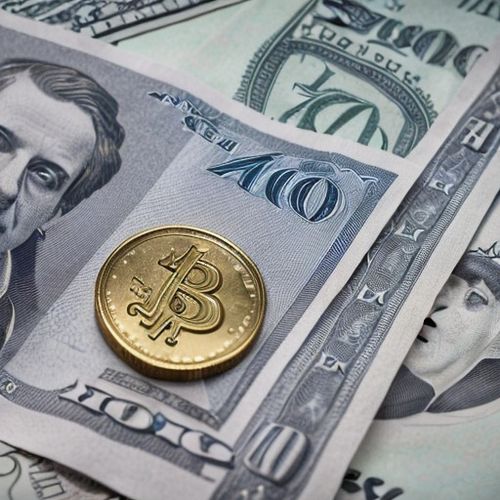
By David Anderson/Apr 7, 2025
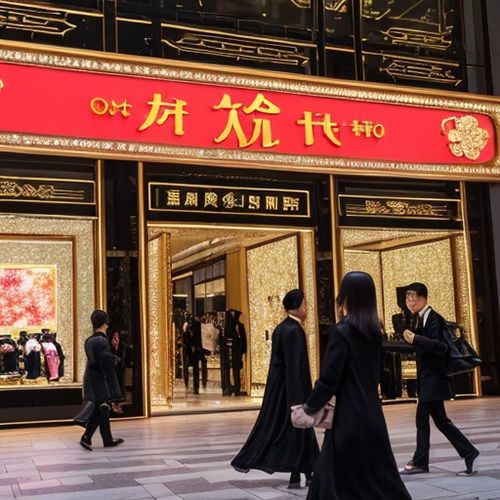
By Olivia Reed/Apr 6, 2025
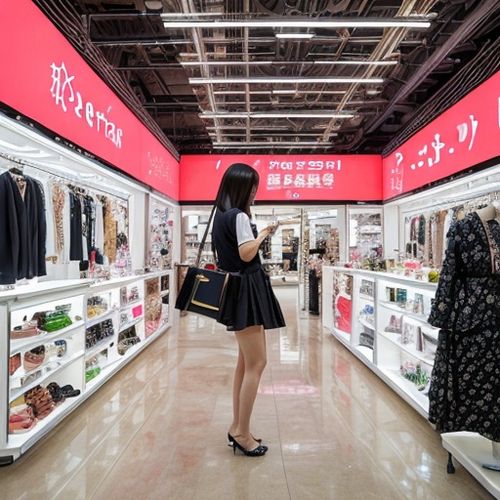
By Daniel Scott/Apr 6, 2025
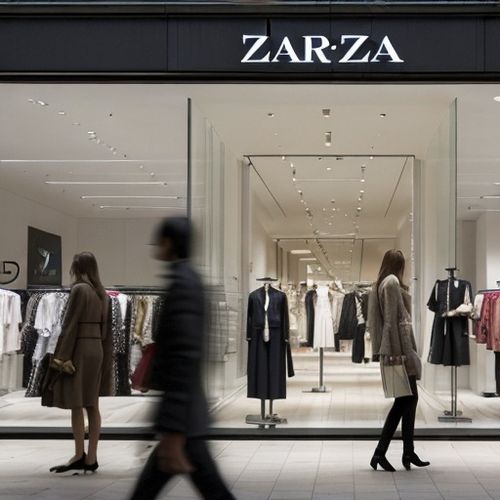
By Victoria Gonzalez/Apr 6, 2025
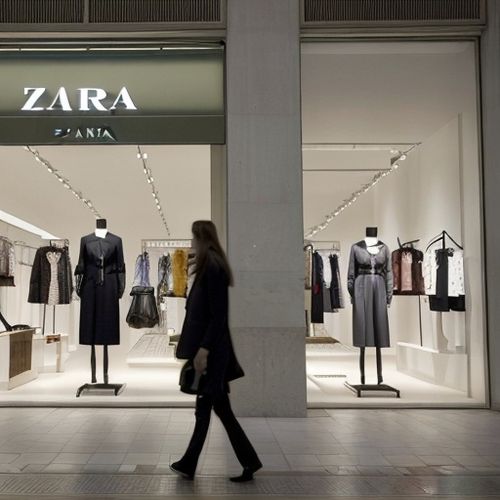
By John Smith/Apr 6, 2025
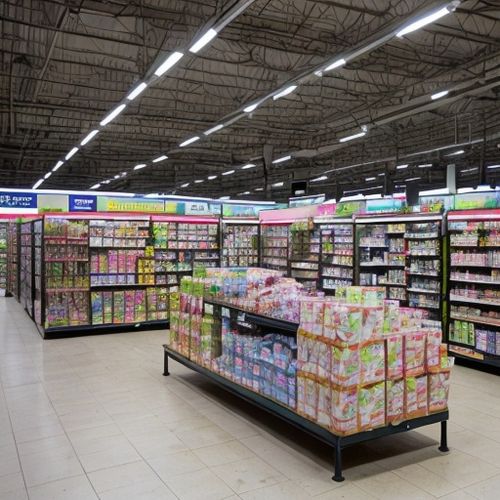
By Elizabeth Taylor/Apr 6, 2025
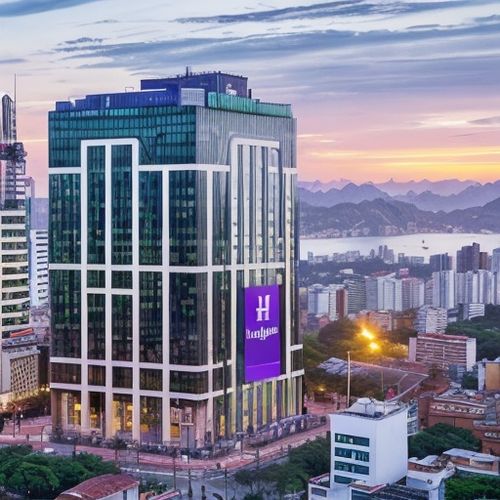
By James Moore/Apr 6, 2025

By Megan Clark/Apr 6, 2025

By Daniel Scott/Apr 6, 2025

By William Miller/Apr 6, 2025

By Samuel Cooper/Apr 6, 2025

By Amanda Phillips/Apr 6, 2025

By Natalie Campbell/Apr 6, 2025

By Noah Bell/Apr 6, 2025

By Elizabeth Taylor/Apr 6, 2025